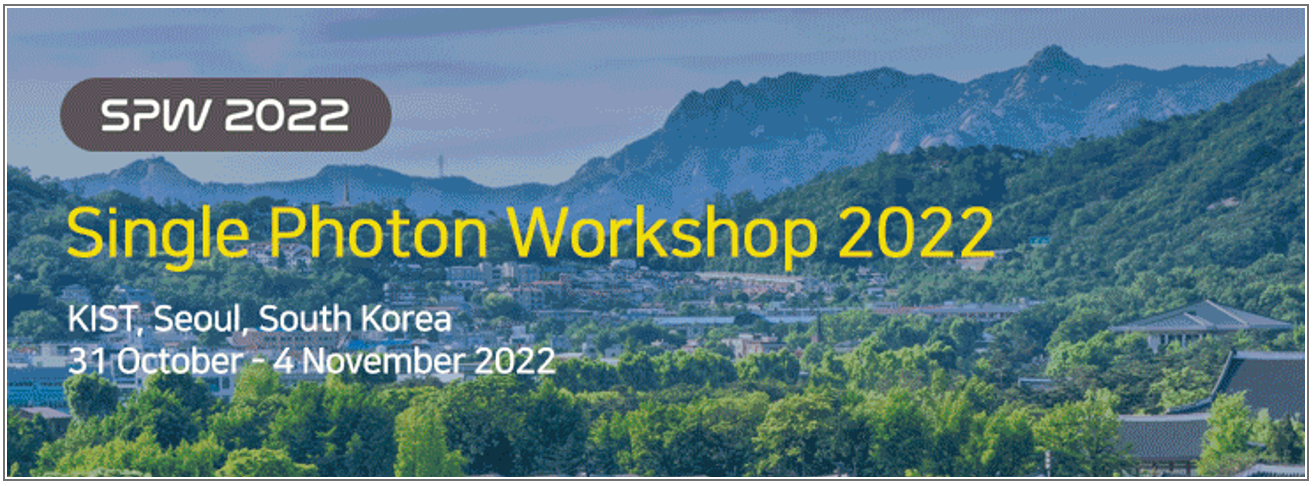IMAGE BESTSmartSens Goes Public on Shanghai Stock ExchangeAMMJENACIONAL
From PRNewsWire: https://www.prnewswire.com/ news-releases/smartsens-goes- public-on-shanghai-stock- exchange-and-sees-shares- surge-on-the-first-trading- day-301552661.html SHANGHAI, May 23, 2022 /PRNewswire/ -- On May 20, 2022, SmartSens was officially listed on the Science and Technology Innovation Board of the Shanghai Stock Exchange (Stock Code: 688213). On the first day of trading, SmartSens shares surged by 79.82%, with a total market value of 22.66 billion yuan. SmartSens Technology (Shanghai) Co., Ltd. (Stock Code: 688213) is a high-performance CMOS image sensor (CIS) chip design company. It is headquartered in Shanghai and has research centers in many cities around the world. SmartSens has been dedicated to pushing forward the frontier of imaging technology and growing in popularity among customers since it was established. SmartSens' CMOS image sensors provide advanced imaging solutions for a broad range of areas such as surveillance, machine vision, automotive and cellp




